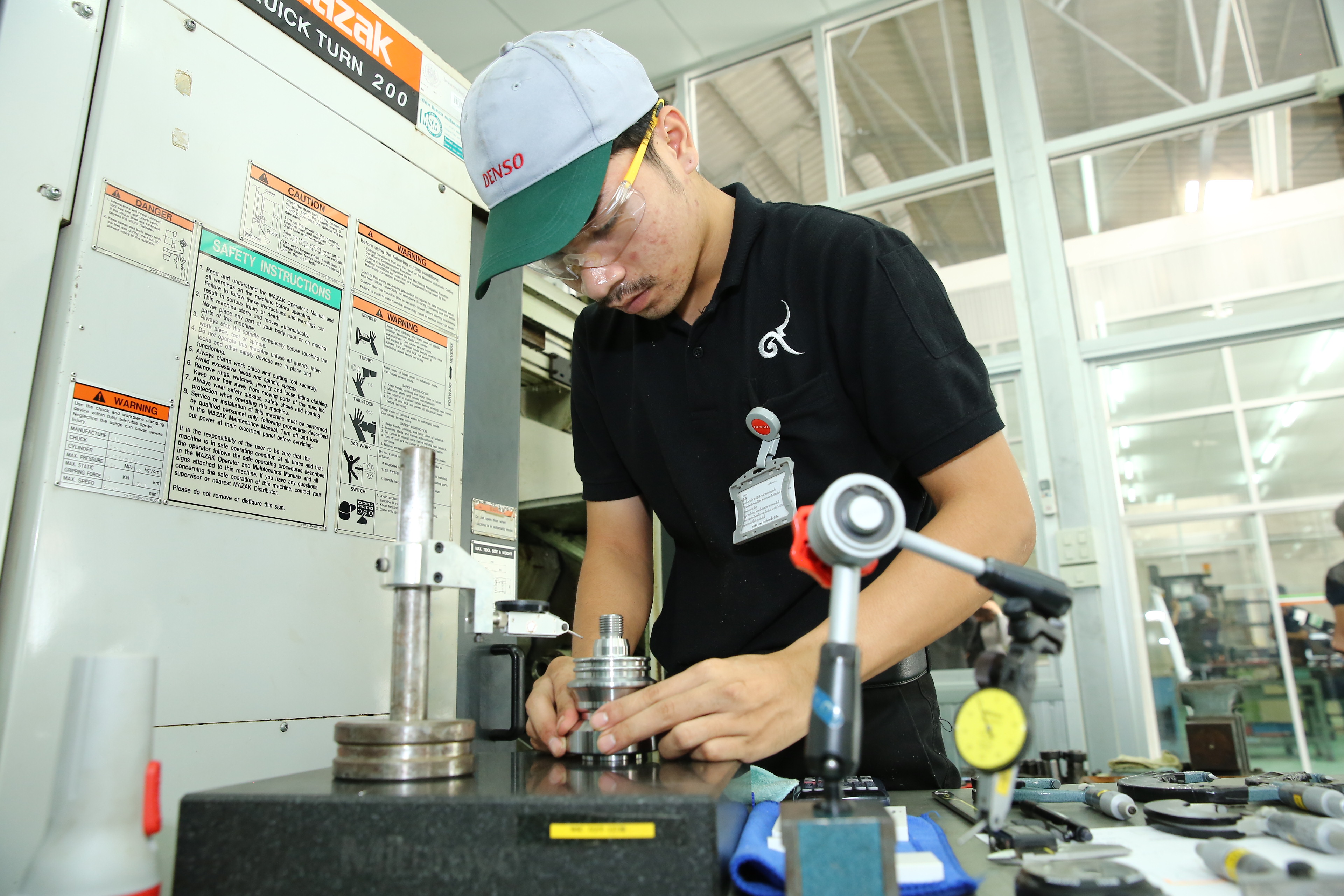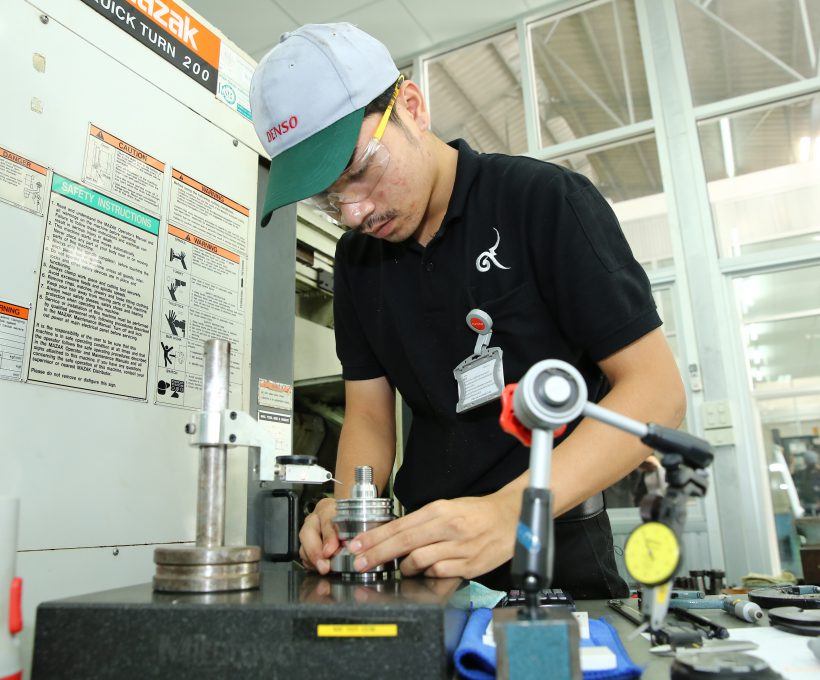It is expected that the majority of jobs in the digital economy will require knowledge and skills in science, technology, engineering and mathematics (STEM) as well as technical and vocational education and training (TVET).
Often times, these two are treated as separate entities, but what if you could incorporate some aspects of STEM into TVET?
It is an educational approach that’s being explored by countries around the world to cultivate students who will be fully equipped with the necessary industry-related skills for the future employment market.
As TVET students, there are reasons for picking up STEM as part of your studies.
In a previous column, we noted that regardless of your technical and vocational trades you’re bound to encounter STEM subjects, and understanding at least the fundamental knowledge gives you the advantage to succeed in TVET.
This is because with TVET’s hands-on nature, you have a better chance of applying the theories and concepts that you’ve learnt in STEM subjects compared to your counterparts who’ve opted to forego TVET.
When you’re able to integrate and practise the knowledge and skills you’ve gained from STEM-related disciplines, you are better prepared in addressing real-world problems with practical solutions.
Such capabilities will then give you the opportunity to inculcate soft skills such as complex problem solving, critical thinking, creativity, communication and collaboration, which continue to be in demand among employers irrespective of fields.
By the time you enter the workforce or run your own business, especially in the digital era, you’re already prepared to adapt to technological changes affecting your industry, work with people of different fields, and most importantly discover and implement new innovations to boost productivity.
So how can you incorporate STEM in your TVET?
First of all, don’t be scared of STEM subjects. Although disciplines under STEM tend to appear complex and challenging, STEM in itself is basically a means to understand what, why and how living and non-living things work in this world.
Without it, innovations that have changed the way we live – like automobiles, aeroplanes, the Internet, smartphones and electricity – may not even exist.
Once you’ve overcome your phobia of STEM, start to look at some of the fascinating STEM-related knowledge and skills, whether they’re relevant to your area of study or in general.
Better still, given the advantage you have as a TVET student, be curious and get experimental by starting projects where you can apply what you’ve learnt so that you won’t forget about any STEM theories and concepts even after you leave school.
This is a weekly column by SarawakYES! – an initiative driven by Faradale Media-M Sdn Bhd and supported by Angkatan Zaman Mansang (AZAM) Sarawak – to provide advice and stories on the topics of education and careers to support Sarawakians seeking to achieve their dreams. Join us on Facebook, Twitter, Instagram and YouTube.
This article first appeared on The Borneo Post, visit this link: http://bit.ly/2FNfeEB
Image Source: The Chevron Enjoy Science Newsletter – Issue No. 14




